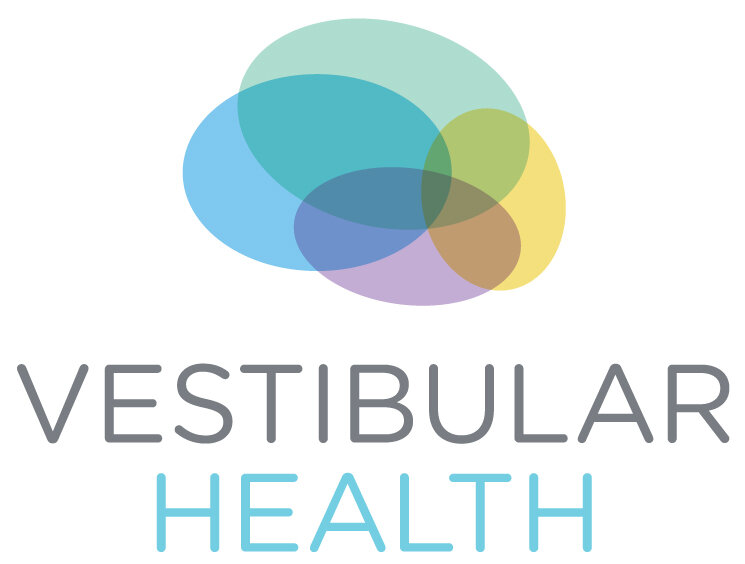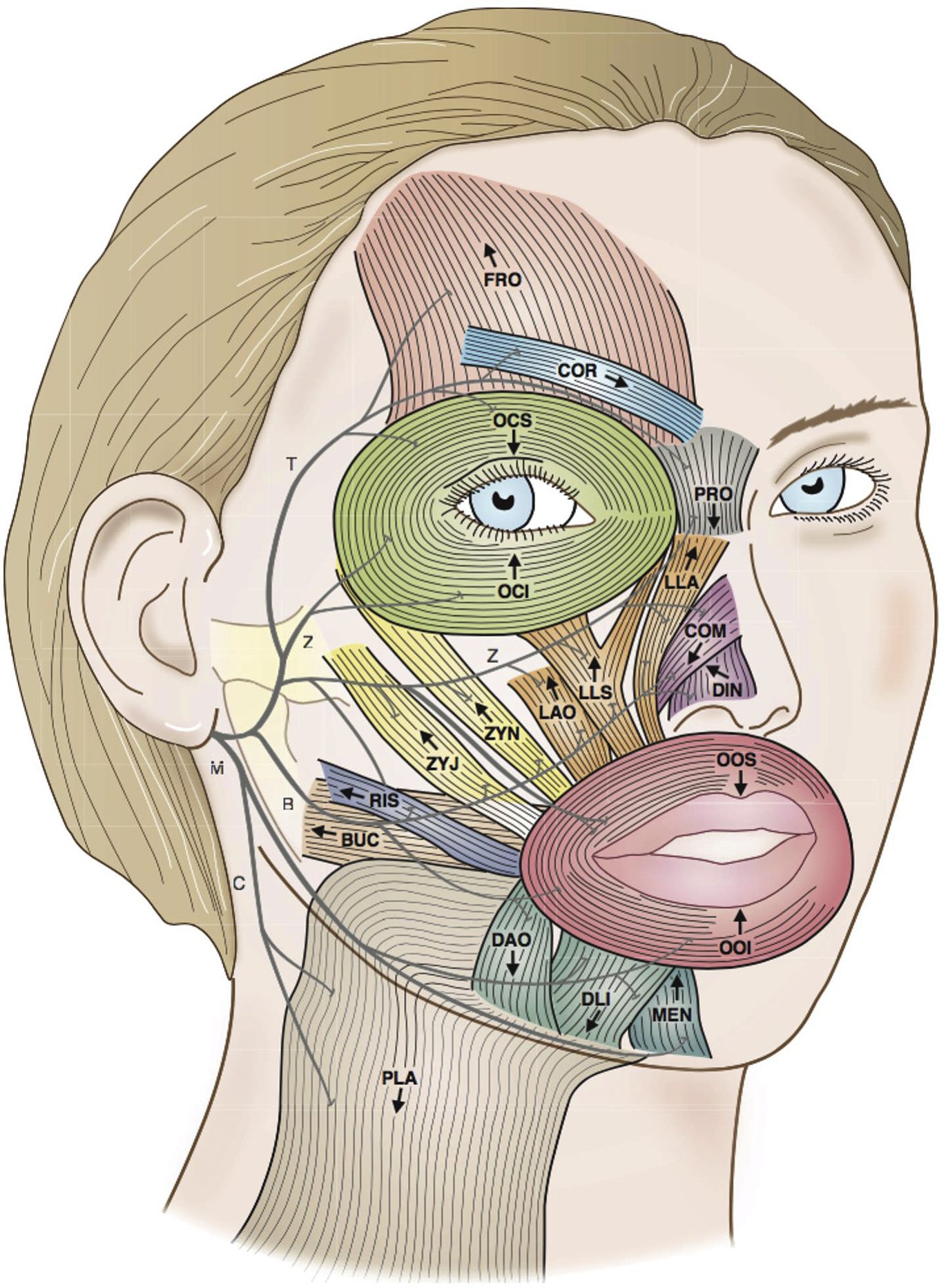
Physiotherapy for facial nerve palsy
Facial palsy rehabilitation helps you relearn to move your face in a natural way after an injury to the facial nerve. Learn more about the facial muscles and nerve, facial paralysis, synkinesis, and how seeing a physiotherapist for facial neuromuscular retraining can help.

How to find a vestibular health care provider
Find the right health care provider to diagnose and treat vertigo, dizziness, and balance problems. Learn about specialists who provide vestibular care, and what to look for in vestibular rehab therapy to get effective treatment.

Can serotonin help restore balance? Exploring the role of SSRIs and SNRIs in vestibular disorders
Discover how SSRIs and SNRIs, commonly used for depression and anxiety, may help improve vestibular symptoms in vestibular disorders like PPPD, Vestibular Migraine, and Meniere's Disease. Explore new research on the mind-ear connection.

Menière's disease
Learn about Meniere's disease symptoms, diagnosis, and the role of vestibular rehabilitation physiotherapy in improving quality of life and managing dizziness and imbalance.

Living with acoustic neuroma: Balance issues & vestibular rehabilitation
Learn about acoustic neuroma and its impact on balance beyond physical instability, including emotional wellbeing and quality of life. Watch the webinar featuring patient experiences and expert advice from vestibular rehabilitation physiotherapist Shaleen Sulway.

In the news: Finding help for chronic vertigo
Many people with vertigo have a hard time finding help. Dr. John Rutka spoke with CBC Radio about the challenges people face getting a diagnosis and effective care for vestibular symptoms.

Research update: BPPV and vitamin D
Research suggests that vitamin D deficiency could be related to BPPV, and that taking vitamin D supplements might help some people reduce their risk of having repeated episodes of BPPV. Learn more about the latest evidence on BPPV, risk factors for recurrence, and the role of vitamin D.
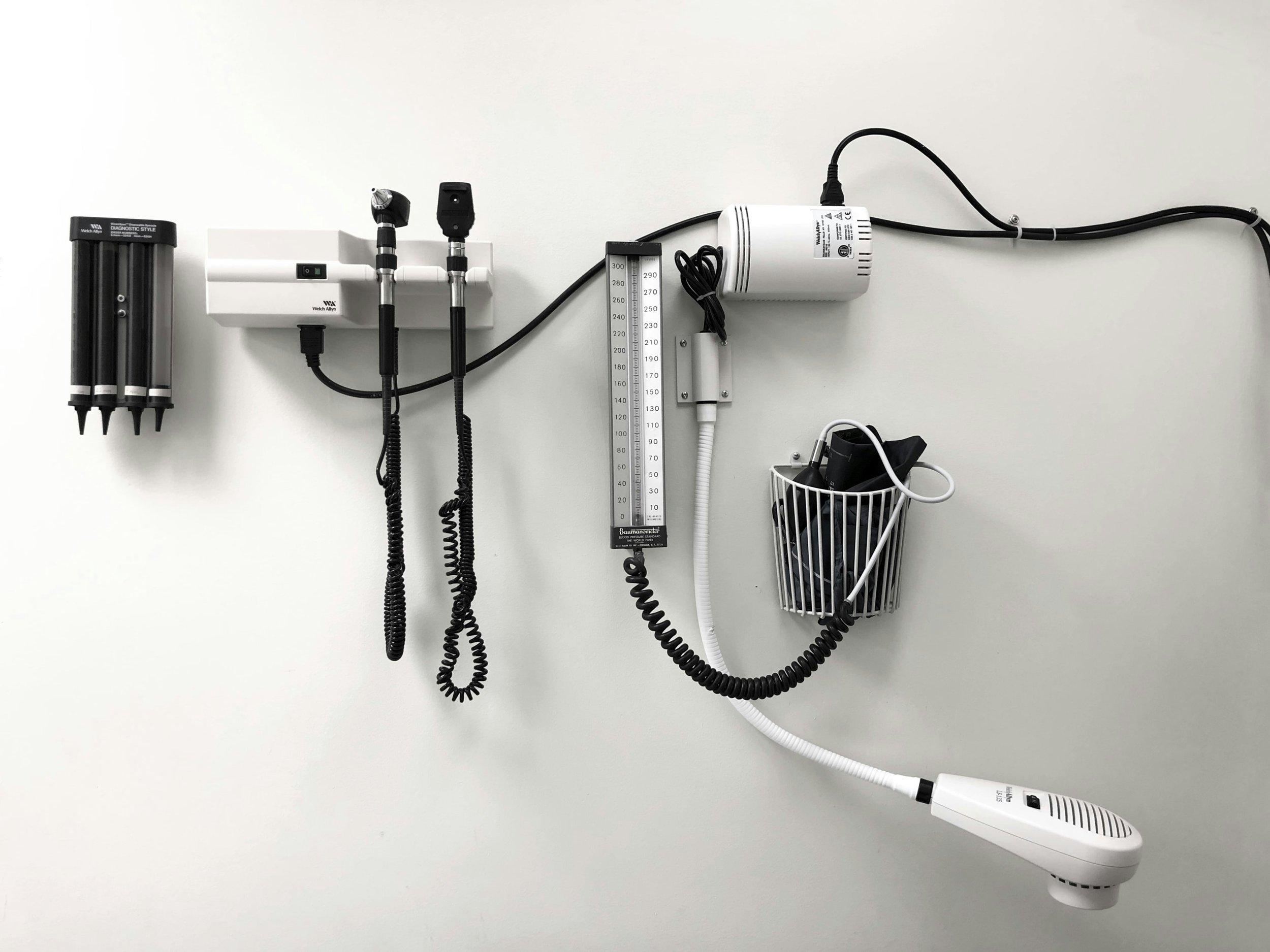
In the news: Why Canadians need more help for dizziness
Many people who experience problems with dizziness, imbalance, or vertigo have trouble getting a diagnosis and difficulty accessing specialists. Our team spoke with CBC Radio about the challenges people face getting comprehensive evaluation and effective treatment for vestibular symptoms.

Improving dizziness & balance with acoustic neuroma
Our team presented a poster at the Acoustic Neuroma Association symposium on physiotherapy outcomes for patients with acoustic neuroma/vestibular schwannoma seen in our clinic. Vestibular rehabilitation can help improve symptoms of dizziness, imbalance, and blurry or bouncing vision across all stages of acoustic neuroma treatment options.

Diagnostic tests for vestibular disorders
Your doctor may recommend tests of your inner ear function to help confirm what is causing your dizziness, vertigo, or balance problems. Learn more about common tests used to diagnose vestibular disorders.
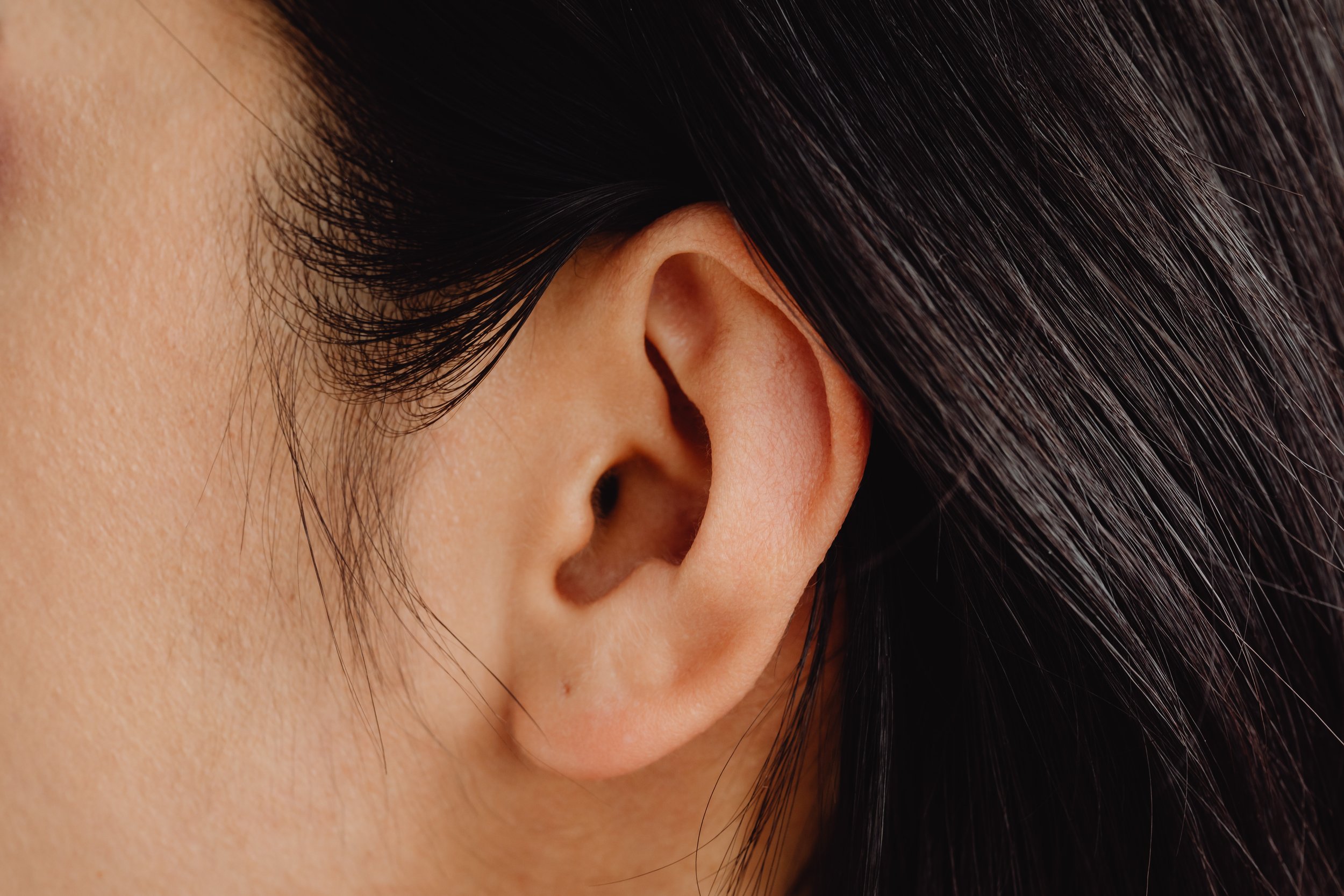
Why do my ears ring?
Tinnitus is when you experience a sound in your ears or head, often described as ringing, buzzing, humming, roaring, or hissing. It is a very common symptom and can be related to hearing loss or inner ear disorders. Learn more about what causes tinnitus and how it is treated.
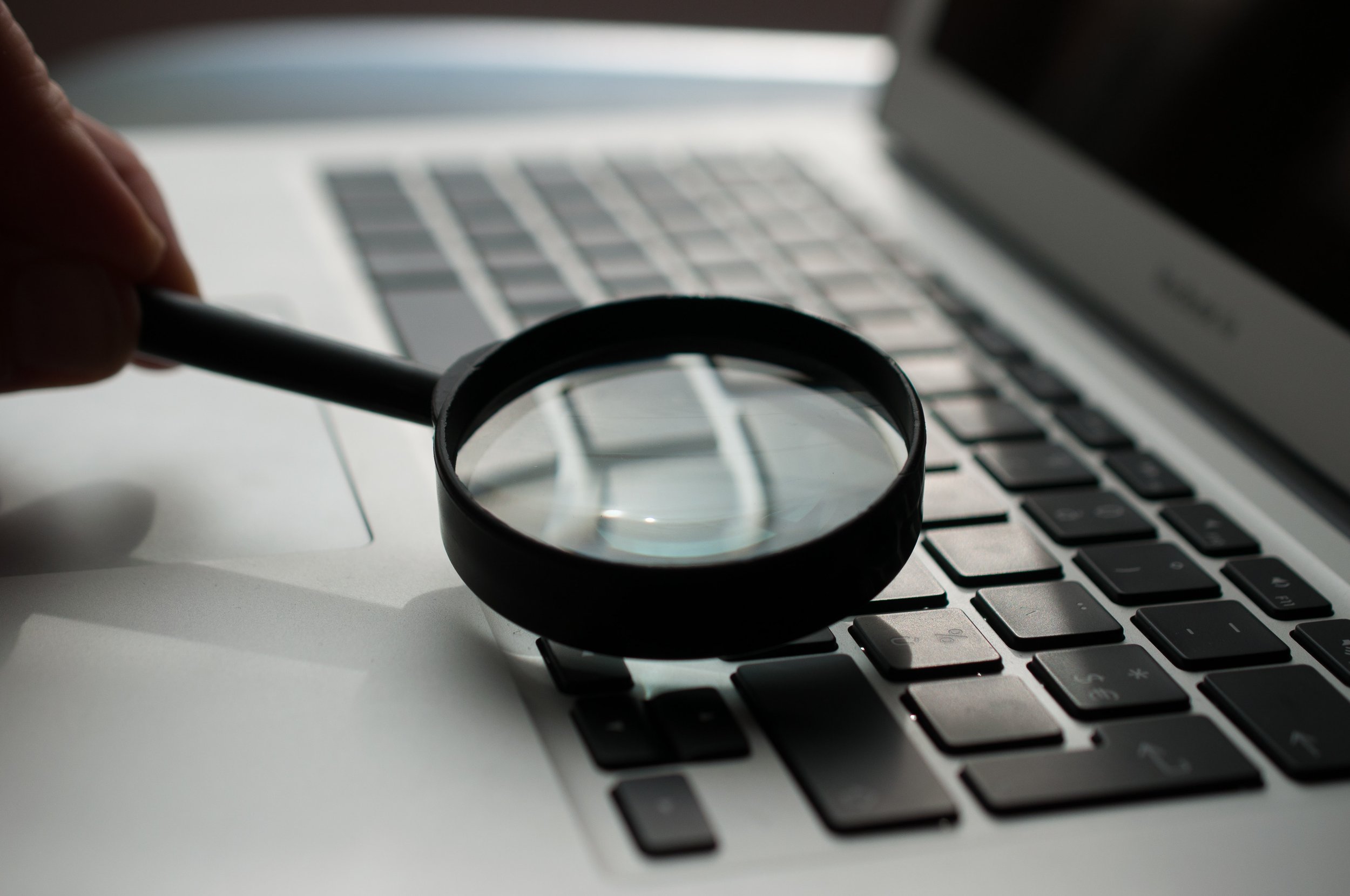
Research update: Vestibular rehab for CABV
A research study co-authored by Shaleen Sulway demonstrated that vestibular rehabilitation can improve postural stability and balance, and decrease risk of falling in people with Cerebellar Ataxia with Bilateral Vestibulopathy. CABV is a degenerative condition affecting the vestibular system, causing imbalance, dizziness, nystagmus, and oscillopsia.
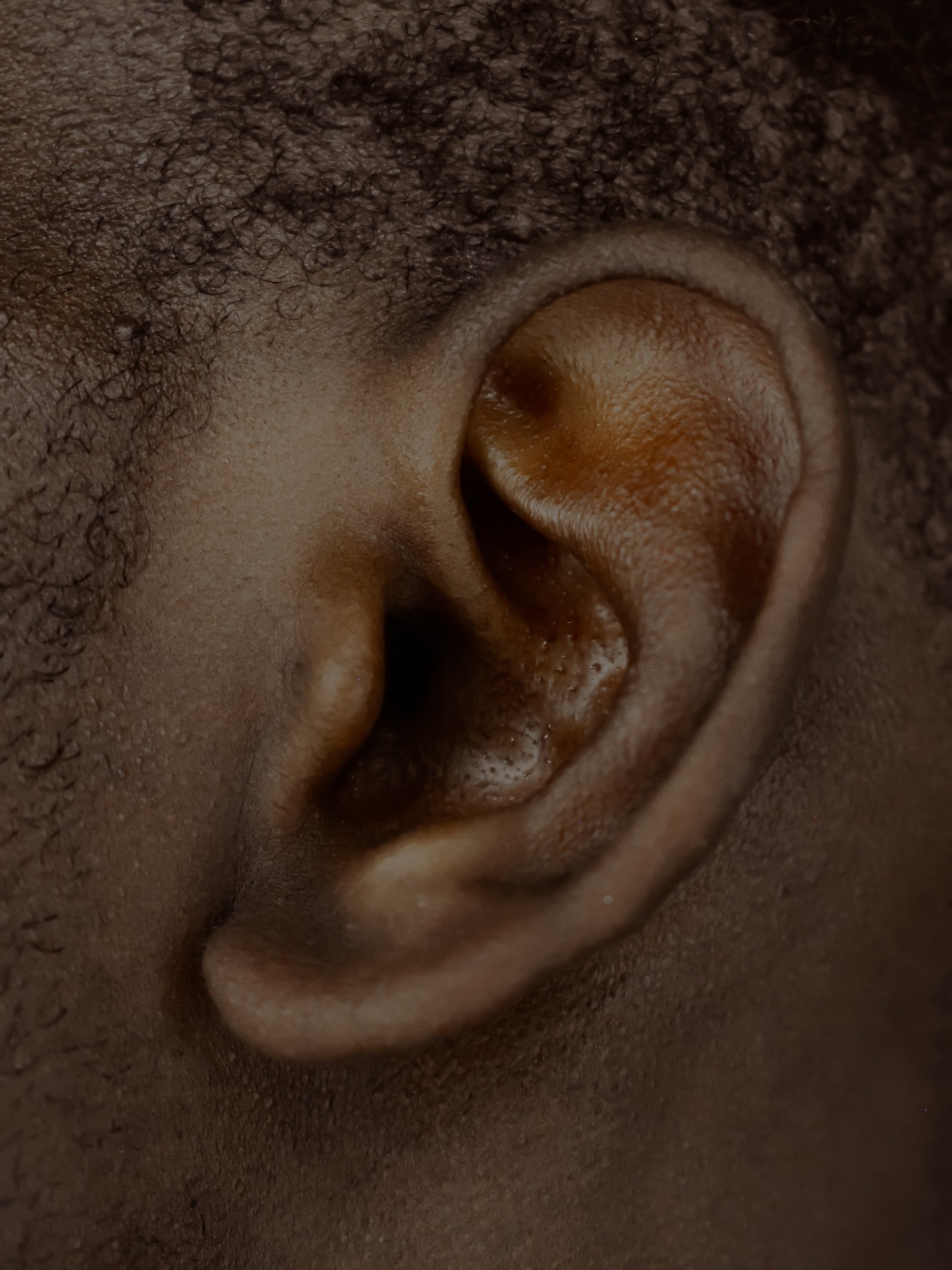
Anatomy of your ear
Your ear is responsible for both hearing and balance. Knowing more about the structure and function of the different parts of your ear can help you understand your diagnosis and treatment.
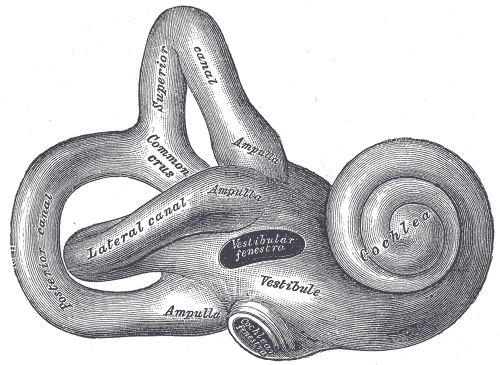
Rare vestibular conditions
Dizziness, vertigo, and balance problems are relatively common, but there are some uncommon vestibular disorders that can cause these symptoms. Learn more about rare vestibular conditions and the role of vestibular rehab.
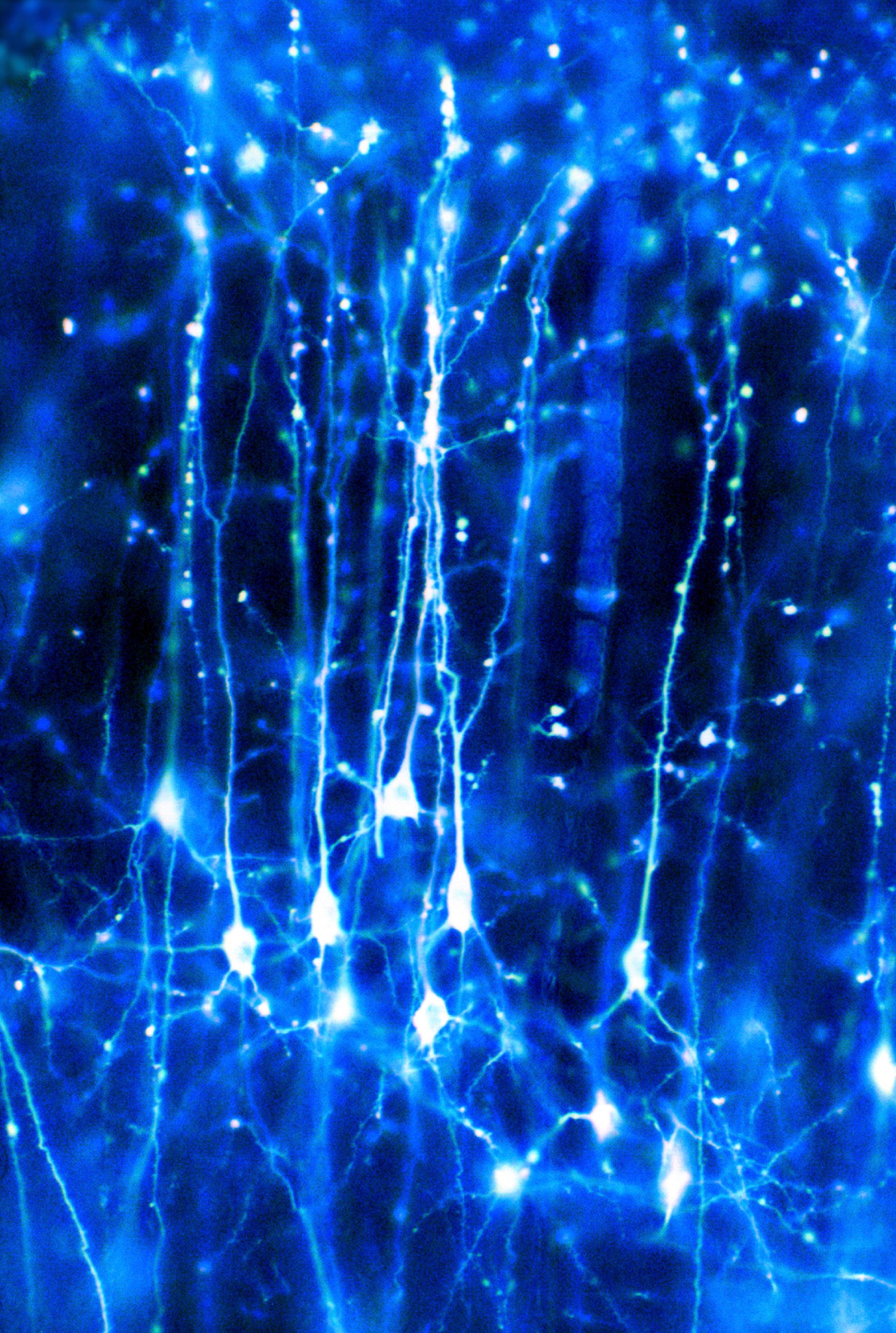
Vestibular migraine
Migraine is not just a headache! Vestibular migraine causes vertigo, dizziness, imbalance, motion intolerance, and visual sensitivity. Learn more about diagnosis and treatment of vestibular migraine, and how vestibular rehab physiotherapy can help.
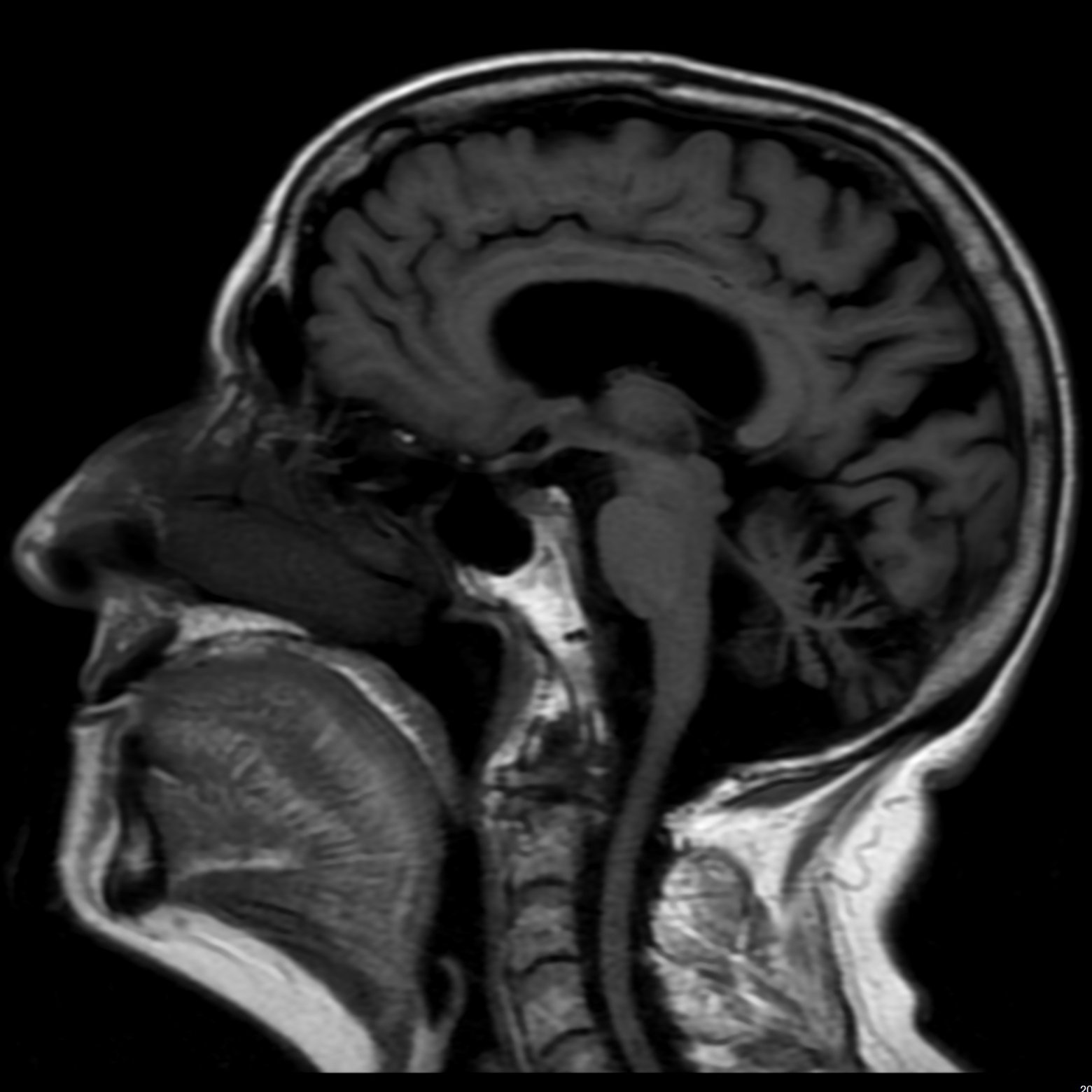
Rare vestibular conditions: Cerebellar ataxia with neuropathy and vestibular areflexia (CANVAS)
Cerebellar ataxia with neuropathy and vestibular areflexia (CANVAS) is a rare syndrome, caused by problems in the brain, vestibular system, and sensory nerves. Signs and symptoms include imbalance, problems walking, incoordination, and abnormal eye movements called nystagmus. Vestibular rehabilitation for CANVAS can help improve balance and mobility.

Rare vestibular conditions: Cerebellar ataxia with bilateral vestibulopathy (CABV)
Cerebellar ataxia with bilateral vestibulopathy (CABV) is a rare syndrome caused by problems in the brain and vestibular system. Signs and symptoms include balance problems and abnormal eye movements called nystagmus. Vestibular rehabilitation for CABV can help improve balance and mobility.

Rare vestibular conditions: Vestibular schwannoma (acoustic neuroma)
Vestibular schwannoma or acoustic neuroma is a benign tumor of the cerebellopontine angle. Symptoms include unilateral hearing loss, tinnitus, dizziness, and balance problems. Vestibular rehabilitation can help improve dizziness and imbalance both before and after surgery or radiation treatment.
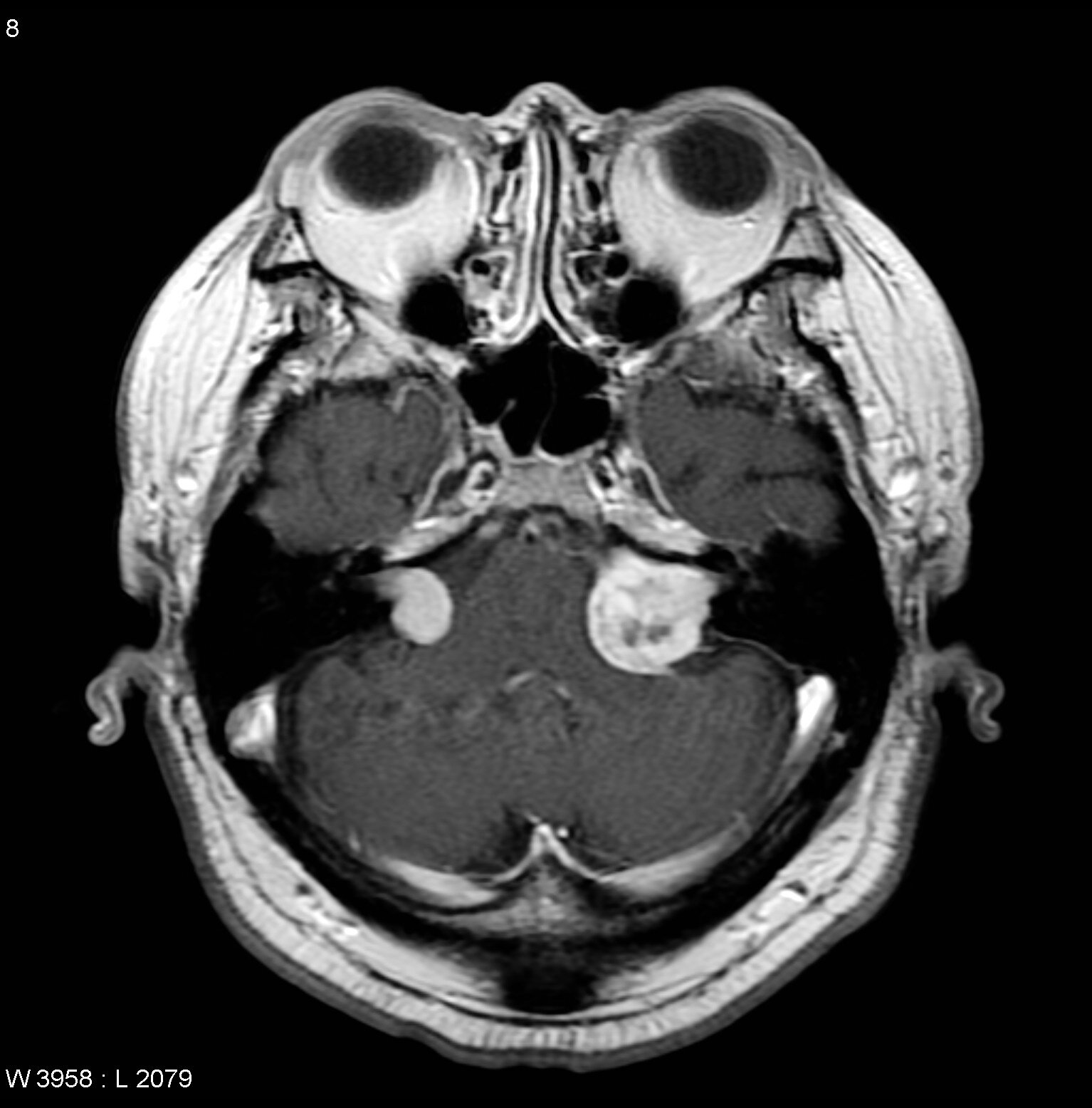
Rare vestibular conditions: Neurofibromatosis type II
Neurofibromatosis type II (NF2) is a rare genetic disorder that causes problems with balance and walking due to benign tumours on the nerve of the inner ear (bilateral acoustic neuromas). Symptoms include problems with balance, difficulties walking, dizziness, tinnitus, hearing loss, and facial weakness. Vestibular rehab physiotherapy for NF2 can help improve balance and mobility.
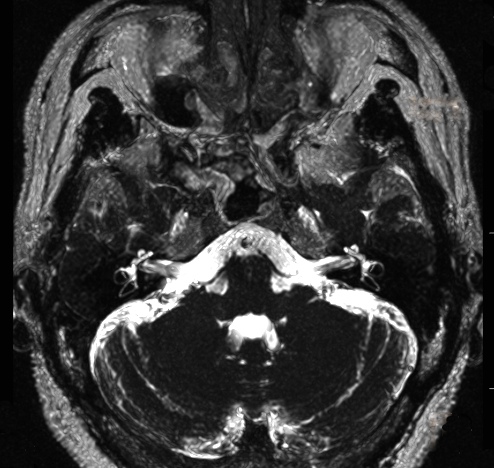
Rare vestibular conditions: Vestibular paroxysmia
Vestibular paroxysmia is a rare inner ear disorder, caused by compression or irritation of the eighth cranial nerve (vestibulocochlear) which is responsible for hearing and balance. Symptoms include frequent spontaneous attacks of vertigo lasting a minute or less.
